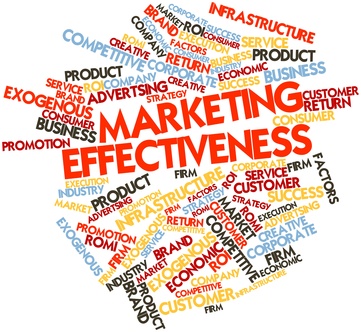Why Slow CAC Payback Kills Inbound Marketing Solutions
Do you know the Customer Acquisition Cost (CAC) for each of your Inbound Marketing Solutions? How about the Time to payback CAC? In order for your...
2 min read
Mark Parent
October 15, 2013 6:27:00 AM EDT

Some customers cost more than others – to acquire, to service and to keep. In his latest Ebook download, “The 6 Marketing Metrics Your Boss Actually Cares About”, inbound marketing expert and SugarBush President Mark Parent helps marketers figure out the lifetime value of each customer they’ve acquired – and to report back their findings to the decision makers who want to know.

The higher the lifetime value (LTV) ratio to customer acquisition cost, the better you’ll look to your boss. Why is that? The higher the LTV:CAC, the more ROI your sales and marketing team is delivering to your boss’ bottom line. Stands to reason, then, that you’d want to report this metric – especially if you can illustrate a marked improvement in these numbers over the lifetime of your marketing contract.
How to Calculate LTV:CAC: To calculate your Customer Lifetime Value to Customer Acquisition Cost Ratio, you’ll need to compute the Lifetime Value, the CAC and find the ratio of the two.
Calculate Lifetime Value (LTV): Divide the revenue the customer pays in a period minus gross margin by the estimated churn percentage for that customer.
Calculate Customer Acquisition Cost (CAC): Divide overall sales and marketing cost (program and advertising spend + salaries + commissions and bonuses + overhead in a month, quarter or year) by number of new customers in that same time period.
To make this a bit more real to inbound marketers, Parent offers up the following LTV:CAC calculation example on page 5 of the Ebook, “The 6 Marketing Metrics Your Boss Actually Cares About”:
Let’s say a company’s Lifetime Value of a customer for the past year is $437,500. The cost to acquire that customer (the CAC) for that same year was $100,000. To arrive at the LTV:CAC ratio, the two numbers get stacked up next to eachother as follows: $437,500 : $100,000 = 4.4 to 1.
You don’t want this ratio to be too high, Parent warns. Too big of a difference between the Lifetime Value of a Customer and the Cost to Acquire them indicates you’re not investing enough in reaching new customers. Spending a little more on sales and marketing efforts will reduce your LTV:CAC ratio a bit, but it’ll also likely help speed up total company growth – something your boss wants more than anything.
“While many bosses theoretically understand that a solid marketing team can directly impact a company’s bottom line, 73% of executives don’t believe that marketers are focused enough on results to truly drive incremental customer demand,” explains Mark Parent in the enlightening Ebook “The 6 Marketing Metrics Your Boss Actually Cares About”.
“If the majority of executives think marketing programs lack credibility, it simply doesn’t make sense to bombard them with metrics that don’t indicate bottom-line impact.”
Learn the six metrics that matter to your execs and secure your spot as their marketer for the long term. Download this informative Ebook today.

Do you know the Customer Acquisition Cost (CAC) for each of your Inbound Marketing Solutions? How about the Time to payback CAC? In order for your...

Inside the new Ebook, “The 6 Marketing Metrics Your Boss Actually Cares About”, SugarBush President and inbound marketing expert Mark Parent...

In his latest Ebook download, “The 6 Marketing Metrics Your Boss Actually Cares About”, inbound marketing expert and SugarBush President Mark Parent...